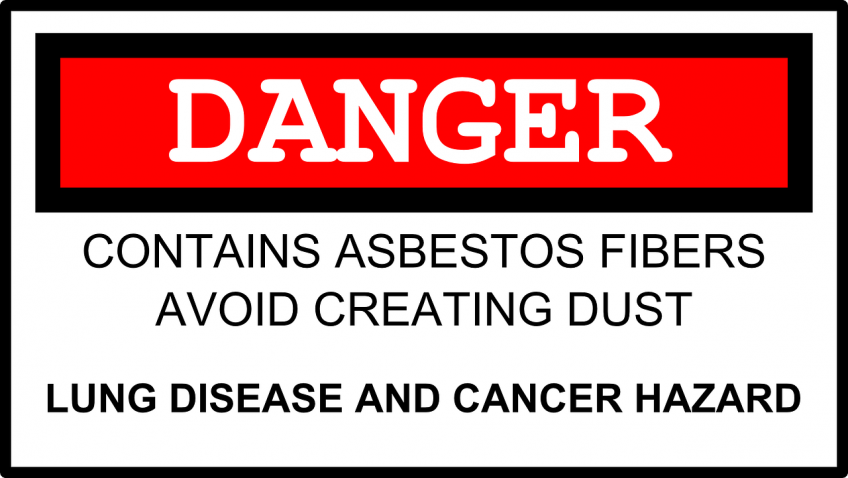Introduction
Electricity is a modern marvel, but it is also dangerous if not properly maintained. Completing an annual inspection of your home's electrical system will help avoid any issues and ensure your safety.
Step by step
Electricity in our homes is one of the best inventions of the modern age and allows a host of conveniences. However, the NFPA also states that faulty electricity causes 70,000 home fires each year, leading to almost 500 deaths. Additionally, ground fault shocks cause an additional 300 deaths a year, many of which would be avoided with properly functioning GFCI (ground fault circuit interrupters) protection.
So what is a safety conscientious homeowner to do about these hazards? Many can be avoided by simply completing an annual electrical safety inspection as addressed in this tutorial. Additionally, some items may be brought up to current NEC (National Electric Code) but most are not required to be upgraded unless there is other permitted renovation or construction work taking place.
When performing this inspection, wear rubber-soled shoes or boots and use insulated tools (mainly screwdrivers) as an extra safety measure. This won’t completely protect against electric shock but will help prevent light shocks as you are slightly insulated from ground. Additionally, always work with one hand and keep the other in your pocket. If you do experience a shock and are the current is able to flow from one hand to the other it increases the chances it will pass through your heart, which is a very dangerous form of shock, even at lower (110v) voltages.
- Check the electric panel
Your electric panel may be inside or outside. Since this is the main power feed to your home you want to complete a visual inspection only. Don’t try to do any work inside the panel or poke around with a screwdriver or your fingers. Look for tripped breakers, scorch marks, or loose wires. Take note of any issues you find and snap a picture. - Check Your Exterior Wires
If your electric wires come in above ground you’ll want to check and make sure they are clear of tree branches, vines, and other obstructions. If not, make a note of the issue and evaluate how difficult it will be to resolve. If it is just small branches that can be easily removed, prune them back. If you have larger branches that could damage wires as they fall call an arborist to remove. - Check the GFCI outlets
Note this is also a quarterly task due to its importance
GFCI outlets have been standard in homes since the 1980s. You’ll mostly see them around any wet areas such as bathrooms and kitchens and potentially wet areas such as basements and garages. These are designed to trip the flow of electricity off instantaneously if a connected appliance experiences a ground fault, usually caused by dropping the appliance in water.
GFCI outlets are very easy to test. Get a lamp or voltage tester and plug it in to each GFCI outlet. Make sure the lamp comes on or the voltage tester indicates power. Now look for the ‘TEST” button on the outlet. Hit this and the lamp should turn off and the “RESET” button pop out. Push the “RESET” button back in and the lamp or tester should turn back on.
If the outlet doesn’t turn off the lamp when you hit the “TEST” button you have a faulty GFCI outlet and are at risk! Mark this outlet as faulty and make plans to replace it immediately. Here’s a tutorial on how to replace a GFCI outlet. If you are not comfortable doing this yourself please contact a qualified electrician. - Check the remaining interior outlets
With your trusty lamp or voltage tester and a small flathead screwdriver in hand go to each outlet in your home. For each outlet, do the following 3 things:
- Look for any signs of burn marks or scorching, indicating loose wiring
- Plug the lamp in and make sure it comes on
- Check to make sure the outlet and cover are securely fastened. Tighten up the mounting screws and outlet cover if needed to tighten. - Check your appliance wires and extension cords
Wires tend to wear out over time. Check your appliances (vacuum cleaner, fans, lamps, refrigerator, etc.) for any signs of frayed cords or connections. Also check your extension cords.
If the wires only show wear on the external sheathing, you may be able to fix them by wrapping with electric tape. If any damage is on the coating of the actual internal wires themselves, throw them out or replace. For appliances you may have to bring the appliance to an appliance repair shop for repair. - Mark Complete!
We’ll keep reminding you to check your GFCI outlets each month but otherwise you’re good to go for another year.




